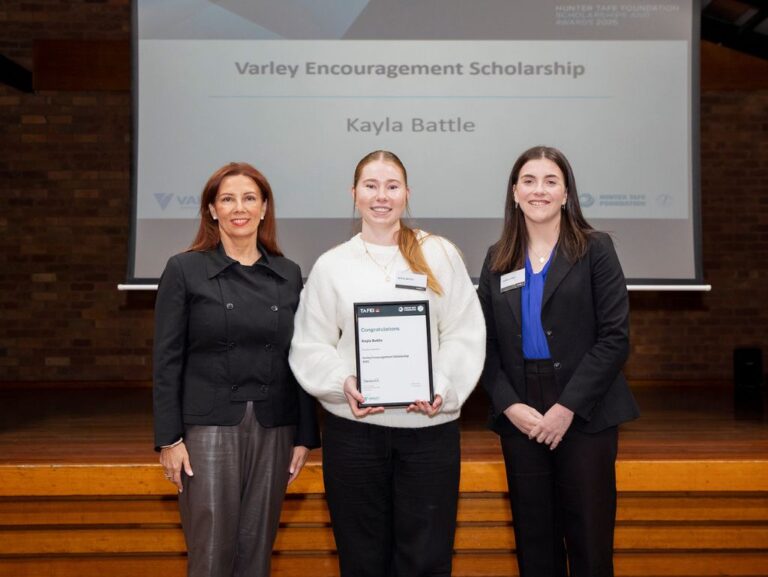The art of listening is a skill that can build instant rapport, long-term relationships and make you a stand out.
That being said, half the time many people don’t know what active listening actually entails and how you can use it to your advantage and boost the service you are providing.
So, let’s start from the beginning.
What exactly is active listening?
According to The University of Adelaide, there is a major difference to be recognised between hearing and listening. The difference between the two are super important in understanding the value behind active listening.
“ ‘Hearing’ is a physical yet passive act involving the process and function of perceiving sound. ‘Listening’ is hearing the sounds with deliberate intention. Therefore, unlike hearing, listening is a skill that improves through conscious effort and practice.”
It is this conscious effort and practice that results in the refinement of active listening and as a result, a greater understanding of candidates, your clients and their needs.
With that in mind it’s very easy for us as recruiters to not always understand or pick up on the difference. So, to help you along the way I have compiled a few tips and tricks that’ll get you on your way to mastering the art of active listening.
Tip 1: Pay Attention
This one seems like it’s a step that is pretty obvious, but believe it or not this is often a step that is overlooked. Take the time to really focus and digest all the information you are being told without any distractions.
By opening up the floor to your clients and candidates, you are showing that you genuinely care about what they have to say and it will help you deliver on their expectations.
Tip 2: Show don’t Tell
Continuing on from the idea of paying attention is the important step of actually showing that you are listening rather than having verbal vomit as your only response.
It is tempting to just talk the ear off of your clients and candidates but try to resist. Use non-verbal communication to show your clients/candidates that you are engaged in what they are saying and use this to guide further conversation.
Using non-verbal communication, such as nodding and smiling, can demonstrate that you’re not only a great listener but that you’re reliable and professional, which will strengthen your client relationships.
Tip 3: Be responsive
Having a balance of non-verbal and verbal responses is important in any conversation. This is not to be forgotten when you are speaking to clients or job candidates.
Use the information being received as an invitation to ask open-ended questions that will spark further discussion.
As a recruiter you will not be able to deliver to your full potential if you don’t have all the appropriate information, so it’s fundamental that you digest information and use it to provide ongoing feedback and keep the communication lines open.
Tip 4: Remain impartial
It goes without saying that if you listen to someone, they are more likely to trust you and build a connection with you.
Making sure you treat people with kindness and remain non-judgemental will show that you are a friendly person to work with and that you can be trusted. This is important no matter what industry you find yourself in, especially when you are trying to find the right fit for a client.
Tip 5: Practice paraphrasing & open-ended questions.
There are many ways you can practice active-listening, but some of the most useful methods that I have found personally useful is paraphrasing and open-ended questions.
Paraphrasing
Paraphrasing is all about re-hashing and re-gathering information that had been previously discussed and using that to confirm details and prove to that person you have been paying attention.
For example, when talking with your client, you may say “It appears to me that you are looking for a candidate that has ….”, as you list attributes. By doing this you are actively showing that you were listening and also allow room in the conversation for information to be checked and confirmed.
Open-Ended Questions
We’ve all been there before when we’ve asked a question that leads to no response or a response that isn’t useful. This is often a result of a lack of information, a lack of active listening. To ensure you’re active listening and getting all the juicy information from recruits and clients, open-ended questions are going to be your best asset.
By asking pointed questions and actively listening to their responses, you are going to be able to supply your client with the candidate that they are looking for and deliver in other areas of enquiry too. It’s a great win, win strategy.
Overall, there are many strategies out there and ways you can implement active listening into the every-day life of recruitment.
The best thing you can do to get the ball-rolling is to practice this every time you are talking to someone and see where you may need to improve. You’ll be surprised at how much more you learn about people and the industry as a whole when you are actually listening.





